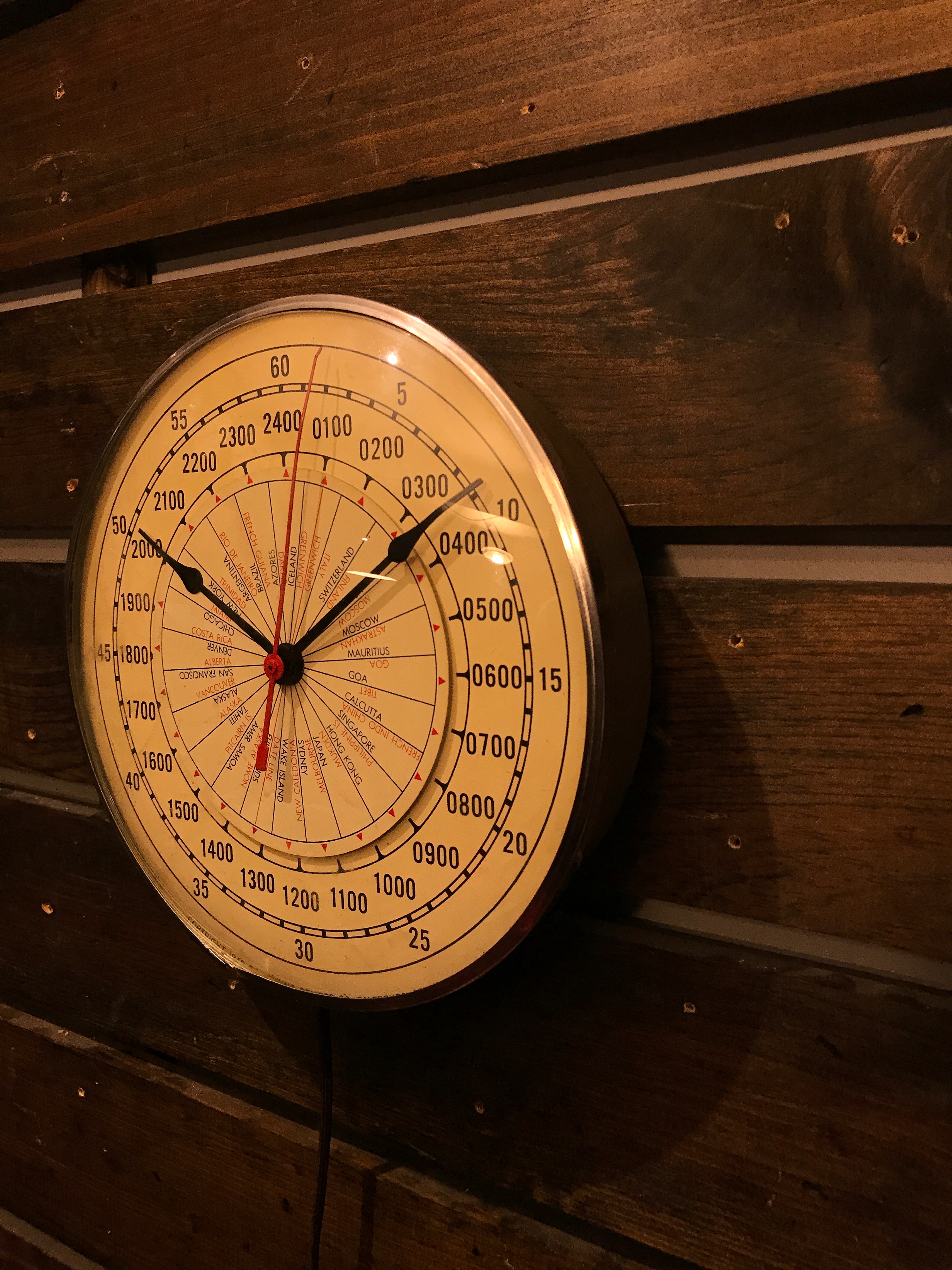

(It belongs, to the 1970s TV actor Fred Covington, whose IMDB entry includes the Master Clock.)
#El time company military time clock full
Naval Observatory Master Clock," a voice would announce, in a full sentence, sounding always chipper, punctual. There is still no way to get the time like this. Back then-in the '90's-there were few ways to set your watch precisely. He'd punch in some numbers, listen for a moment, then hand the phone to me. My father would sometimes raise an eyebrow at his calculator watch and pick up the phone (a landline). This reporter first encountered the clock in his single-digit years. "We must be on the lookout for deviations from the predicted behavior, and be sure to predict well." The trickier part is understanding the rate–sometimes sudden, sometimes slow-at which a clock's ticking may be changing. Each clock will tick faster or slower at certain times, and generally, scientists can correct for this using software. "At the nanosecond level-a billionth of a second-every clock has its own personality," Matsakis wrote in an email. And then there are the effects of gravity, which Einstein's theory of special relativity showed can shift the pace of time. At that scale, the slightest aberration can knock a clock off its count. These days, counting a second depends upon firing a microwave beam at one of these cesium atoms and counting the effect on its electrons. To be precise, that is equivalent to the amount of time it takes for the hyperfine radiation given off by a cesium-133 atom at its ground state as it transitions between energy levels, and its electrons oscillate exactly 9,192,631,770 times.


The primary aim of timekeeping is to measure the passage of a second. "Anyone who has had an operation can tell you about the former," he said wryly, "and anyone who tries to combine precise clock data at the nanosecond level can tell you about the latter." Matsakis likes to say he is often frustrated by expressions like "surgical precision" and "like clockwork." In this context, a simple wristwatch ticking according to a quartz crystal might seem almost offensive. It is the ticking of these clocks that tells so many of the other clocks-the ones on our phones, on our computers, our webpages, our TV screens, our radios, and our GPS systems-from your geolocation app to your Predator drone-what is the thing called "the time." More precisely: a set of the most sophisticated pendulums ever built, carefully counting the "swings" of atoms' radiation with a precision unknown anywhere else in the universe. It is, essentially, America's fifty-year-old grandfather clock, the hidden instrument of Washington's dominion over the world's time.Īt its heart, the USNO's Master Clock operates much like grandfather clocks do: with pendulums. As the chief scientist and former department head of the US Naval Observatory's Time Services department, he has spent an inordinate amount of time with what's called the Master Clock. Matsakis, a "sixty-something" physicist and astronomer with a tousled shock of silver hair, has been digging a lot. Time is also very messy, and measuring it is a kind of excavation.


 0 kommentar(er)
0 kommentar(er)
